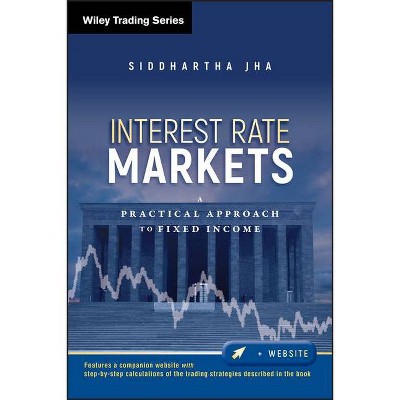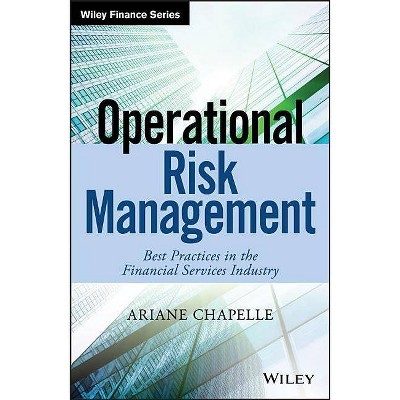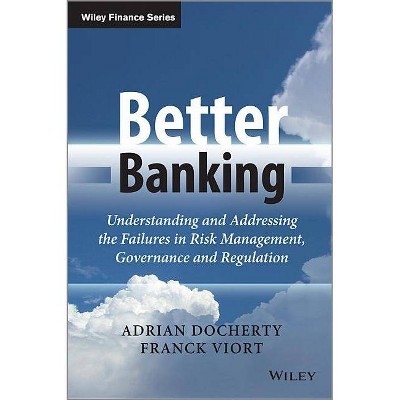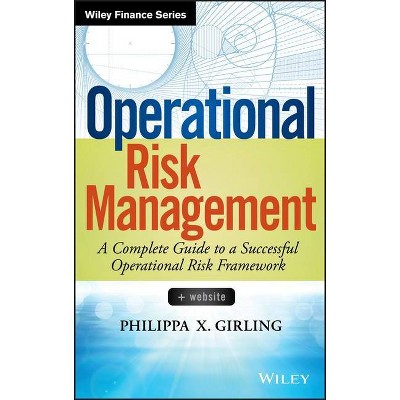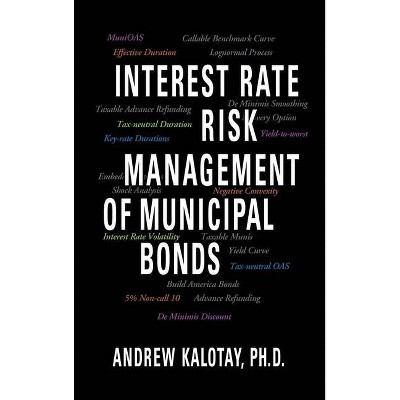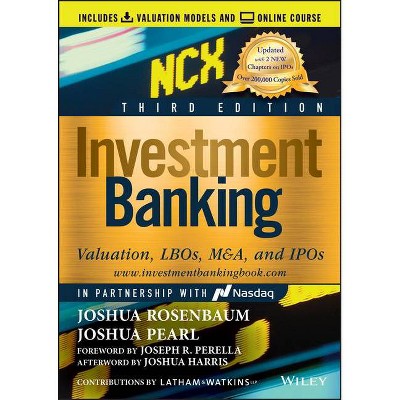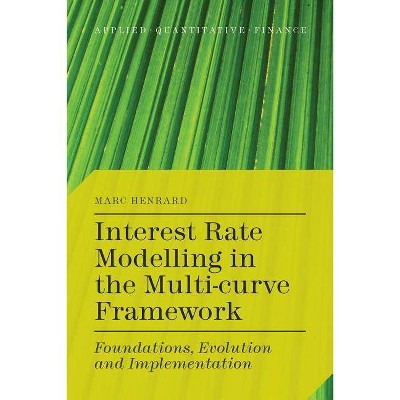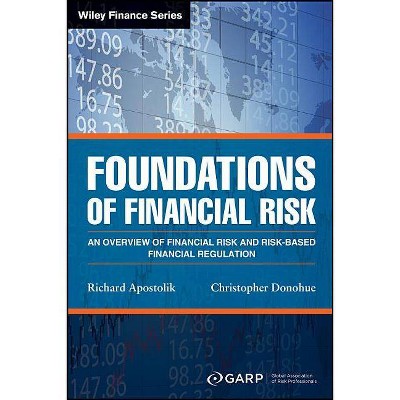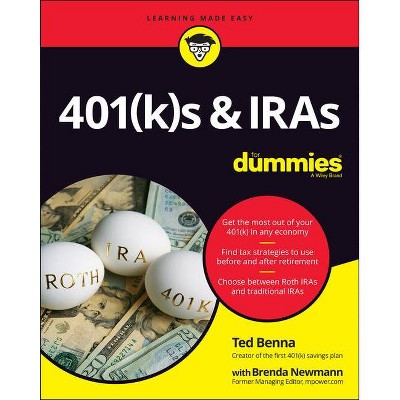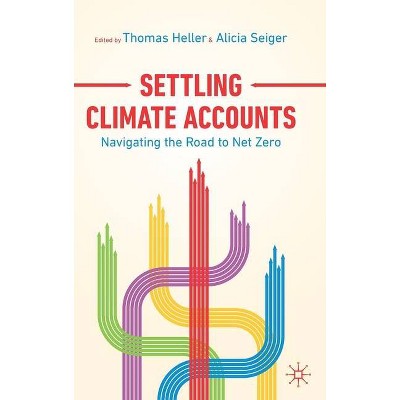Interest Rate Risk in the Banking Book - (Wiley Finance) by Beata Lubinska (Hardcover)
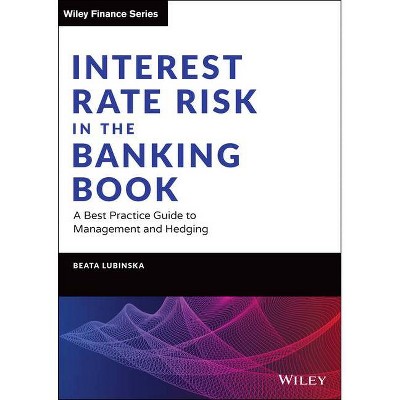
Similar Products
Products of same category from the store
AllProduct info
<p/><br></br><p><b> About the Book </b></p></br></br>"Asset Liability Management, the practice of matching the term structure and cash flows of an organization's asset and liability portfolios to maximize returns and minimize risk, is a key component of any financial institution's overall operating strategy. Due to a heavily regulated landscape and increasing competition for resources such as liquidity and capital, financial institutions -- especially banks -- are driven to constantly search for ways to run a more sophisticated ALM operation. As a result, the role of the ALM unit has to constantly evolve, extending beyond the risk management field. On top of the unit's traditional function of managing risk associated to the banking book, it now has to manage the regulatory capital of the bank and actively position the balance sheet to maximize profit. These contemporary challenges call for ALM optimization techniques, more particularly, ways to optimize the banking book using a quantifiable approach. The proposed book promotes active management of the banking book through optimization techniques presented in the book that effectively combine interest rate risk and liquidity risk management into one holistic approach"--<p/><br></br><p><b> Book Synopsis </b></p></br></br><p><b>Introduces practical approaches for optimizing management and hedging of Interest Rate Risk in the Banking Book (IRRBB) driven by fast evolving regulatory landscape and market expectations.</b></p> <p> Interest rate risk in the banking book (IRRBB) gained its importance through the regulatory requirements that have been growing and guiding the banking industry for the last couple of years. The importance of IRRBB is shifting for banks, away from 'just' a regulatory requirement to having an impact on the overall profitability of a financial institution. <i>Interest Rate Risk in the Banking Book</i> sheds light on the best practices for managing this importance risk category and provides detailed analysis of the hedging strategies, practical examples, and case studies based on the author's experience. This handbook is rich in practical insights on methodological approach and contents of ALCO report, IRRBB policy, ICAAP, Risk Appetite Statement (RAS) and model documentation. It is intended for the Treasury, Risk and Finance department and is helpful in improving and optimizing their IRRBB framework and strategy. By the end of this IRRBB journey, the reader will be equipped with all the necessary tools to build a proactive and compliant framework within a financial institution.</p> <ul> <li>Gain an updated understanding of the evolving regulatory landscape for IRRBB</li> <li>Learn to apply maturity gap analysis, sensitivity analysis, and the hedging strategy in banking contexts - Understand how customer behavior impacts interest rate risk and how to manage the consequences</li> <li>Examine case studies illustrating key IRRBB exposures and their implications</li> </ul> <p>Written by London market risk expert Beata Lubinska, <i>Interest Rate Risk in the Banking Book</i> is the authoritative resource on this evolving topic.</p><p/><br></br><p><b> From the Back Cover </b></p></br></br><p><i>Interest Rate Risk in the Banking Book: A Best Practice Guide to Management and Hedging</i> introduces practical approaches for optimizing management and hedging of Interest Rate Risk in the Banking Book (IRRBB) driven by fast evolving regulatory landscape and market expectations.</p> <p>Interest rate risk in the banking book (IRRBB) gained its importance through the regulatory requirements that have been growing and guiding the banking industry in recent years. The importance of IRRBB is shifting for banks, away from 'just' a regulatory requirement to having an impact on the overall profitability of a financial institution.<i> Interest Rate Risk in the Banking Book</i> sheds light on the best practices for managing this important risk category and provides detailed analysis of the hedging strategies, practical examples, and case studies based on the author's experience. This handbook is rich in practical insights on methodological approach and contents of ALCO report, IRRBB policy, ICAAP, Risk Appetite Statement (RAS) and model documentation. It is intended for the Treasury, Risk and Finance department and is helpful in improving and optimizing their IRRBB framework and strategy. By the end of this IRRBB journey, the reader will be equipped with all the necessary tools to build a proactive and compliant framework within a financial institution. <ul><li>Gain an updated understanding of the evolving regulatory landscape for IRRBB</li> <li>Learn to apply maturity gap analysis, sensitivity analysis, and the hedging strategy in banking contexts</li> <li>Understand how customer behavior impacts interest rate risk and how to manage the consequences</li> <li>Examine case studies illustrating key IRRBB exposures and their implications</li></ul> <p>Written by market risk expert Beata Lubinska, <i>Interest Rate Risk in the Banking Book</i> is the authoritative resource on this evolving topic.<p/><br></br><p><b> About the Author </b></p></br></br><p><b>BEATA LUBINSKA, PhD, </b> is a financial engineer with over 15 years of practical experience gained in international financial institutions such as GE Capital, Deloitte and Standard Chartered Bank based both in Milan and London. She is a Treasurer at Allica Bank focused on proactive management of financial risks and Balance Sheet Management, and a member of the BTRM Faculty founded by Professor Moorad Choudhry in London. She is the author of <i>Asset Liability Management Optimisation: A Practitioner's Guide to Balance Sheet Management and Remodelling, </i> also published by Wiley. Beata holds a PhD from Wroclaw University of Economics in Poland.</p>
Price History
Price Archive shows prices from various stores, lets you see history and find the cheapest. There is no actual sale on the website. For all support, inquiry and suggestion messagescommunication@pricearchive.us

